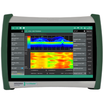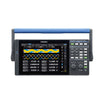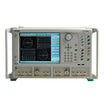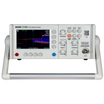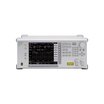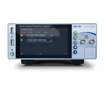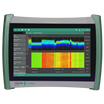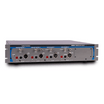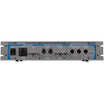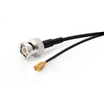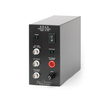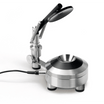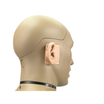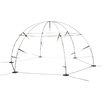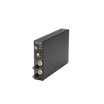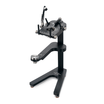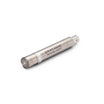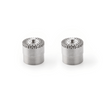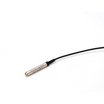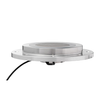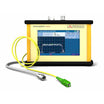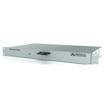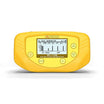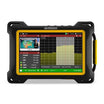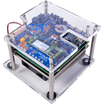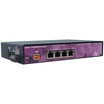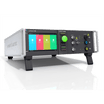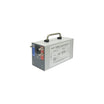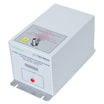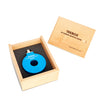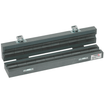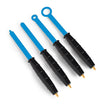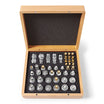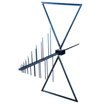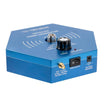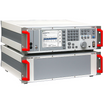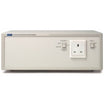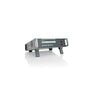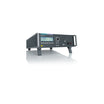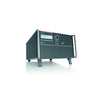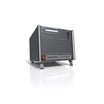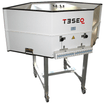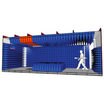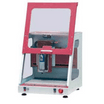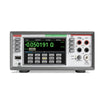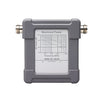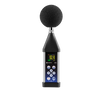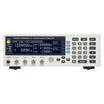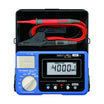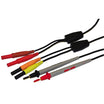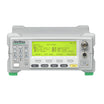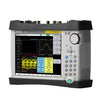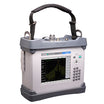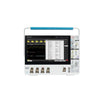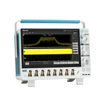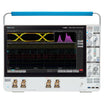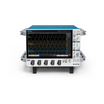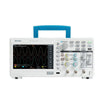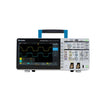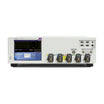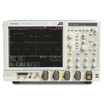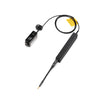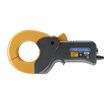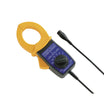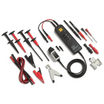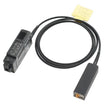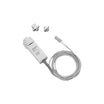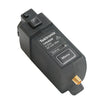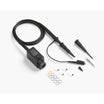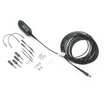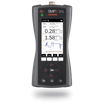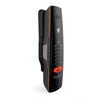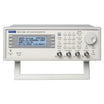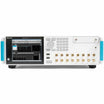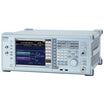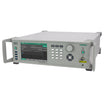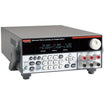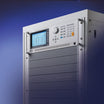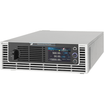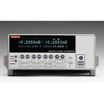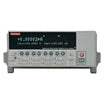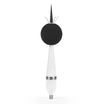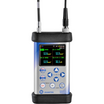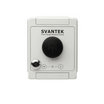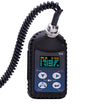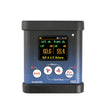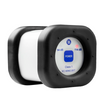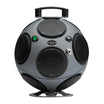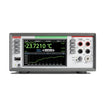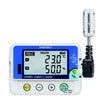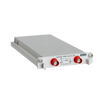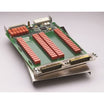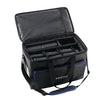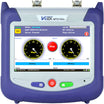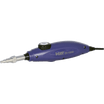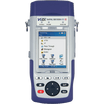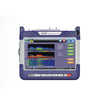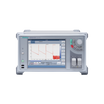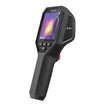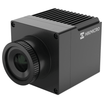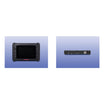Machine Vibration Measurements
Understanding and managing machine vibration is crucial for the health and performance of industrial machinery. It is a key factor in assessing dynamic conditions, including balancing, bearing flaws, and component stress.
Machine Vibration Definition
Machine vibration is the oscillation or movement that a machine or its components produce during the machine’s operation. The measurement of machine vibrations uses accelerometers and vibration meters for assessing vibration amplitudes and frequencies.
The amplitude of vibration indicates the magnitude of mechanical parts’ movement. Machine vibration amplitude is measured in micrometers, millimeters, or meters in units of vibration acceleration, displacement, or velocity.
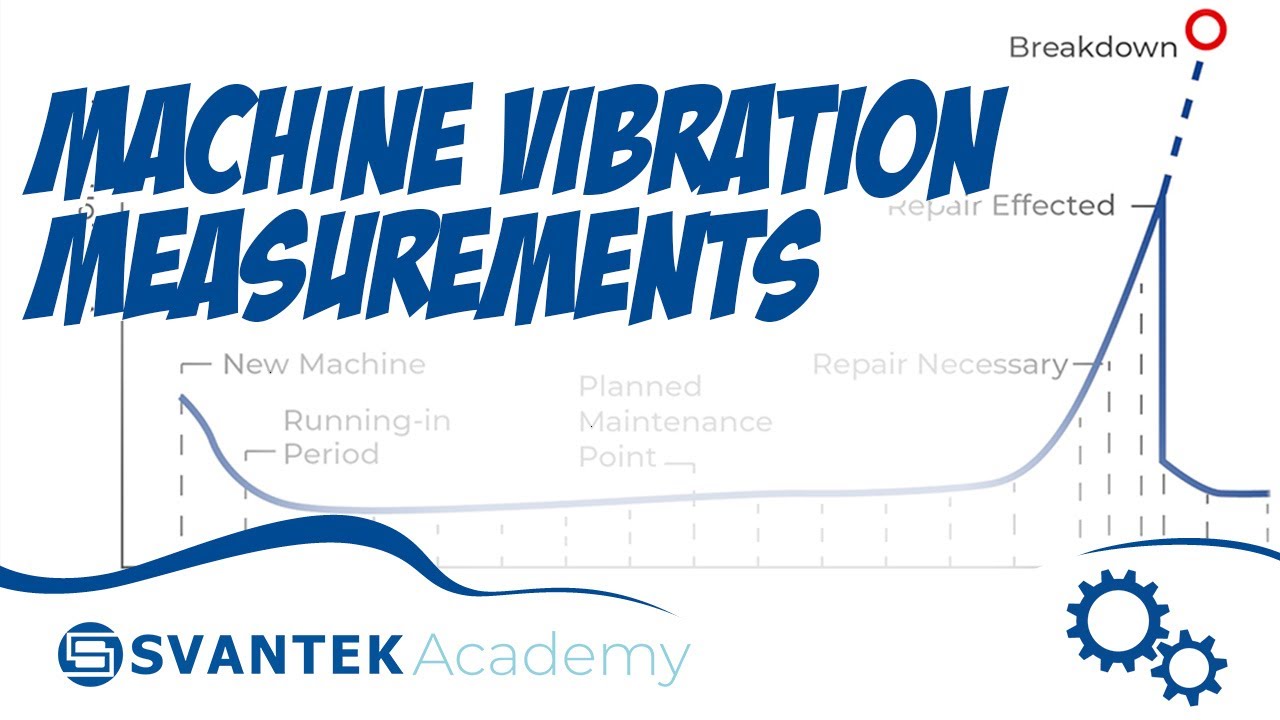
Machine Vibration Measurement Objective
The machine vibration measurement objective is to identify its causes to reduce, predict machine breakdowns, or assess its condition. Measuring machine vibration identifies mechanical problems with the machine, ensures optimal machine performance, and prevents unexpected machine breakdowns.
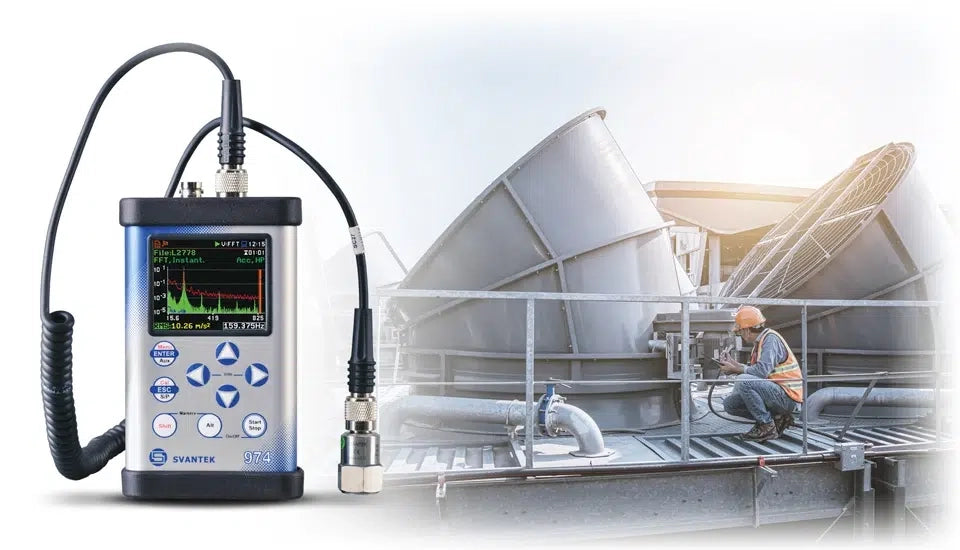
Machine Vibrations Causes
Machine vibration causes include imbalanced loads, missing balance weights, and worn or damaged bearings. Detecting these causes with vibration measurements allows for early diagnosis and prevention of potential machine failures, thereby maintaining machine reliability.
Machine Vibrations Reduction
Machine vibration reduction includes ensuring that all balance weights are correctly in place and checking the bearings and replacing any that are worn or damaged. The vibration analysis identify faulty parts and therefore contribute to maintaining smooth and optimal machine operation. By leveraging the vibration measurement tools, and techniques, professionals can effectively monitor machine conditions, optimizing performance and minimizing downtime and repair costs.

What is a Machine Vibrations Predictive Maintenance?
Machine vibration predictive maintenance is an approach that uses the data from machine vibrations and other metrics to assess the health of a machine and predict potential issues. This process aids in early fault detection, minimizing maintenance costs, and preventing unexpected machine failures.
What is a Machine Vibrations Trend Comparison?
Machine vibrations trend comparison is the process of comparing the most recent measurement results to past ones. The machine vibration trend comparison enables early detection of faults and helps in formulating effective preventive strategies.
Machine Vibration Measurements Applications
Machine Vibration Measurement Applications listed in ISO 20816-1 include vibration of non-rotating parts and vibration of rotating shafts. Most machine vibration measurement applications are performed on non-rotating parts. The measurement of rotating shafts is applied to machines such as steam turbines, gas turbines, or turbo compressors. These machines contain flexible rotor shaft systems.
Vibration measurements applications on non-rotating parts
Vibration measurements on non-rotating parts are applied with a seismic transducer which senses the absolute velocity or acceleration of structure parts on which it is mounted (e.g. the bearing housing).
Vibration measurements applications on rotating parts
Vibration measurements on rotating parts are applied to a non-contacting transducer which senses the vibratory displacement between the shaft and a structural member on which it is mounted (e.g. the bearing housing).
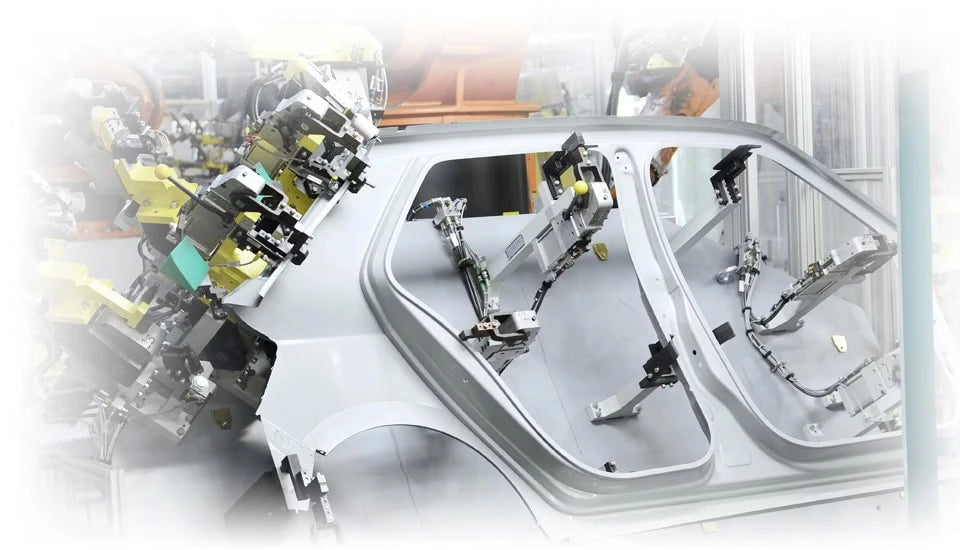
Machine Vibration Measurement Techniques
Machine Vibration Measurement Techniques are described by the ISO 20816-1 standard. These vibration analysis techniques involve accelerometer placement, setting appropriate measurement parameters, executing the measurement, and interpreting the results. ISO Machine Vibration Measurement Technique facilitates accurate collection and analysis of vibration data. The ISO vibration analysis technique identifies potential faults such as bearing defects, misalignment, and imbalance, prompting timely corrective actions.
The measurement techniques may include measuring vibration on non-rotating parts or relative shaft vibration. The vibration magnitude, denoting the maximum value of the broadband vibration energy in units of RMS velocity, can be measured in different units like micrometers for displacement, millimeters per second for velocity, and meters per square second for acceleration.
Machine Vibration Measurement Settings
Machine vibration measurement settings are detailed in the ISO 20816-1 standard. This includes specific measurement parameters such as the frequency range (10 Hz to 1 kHz for general machinery), the type of transducer (accelerometer), and the units of measurement (velocity in mm/s, displacement in um, or acceleration in m/s2). Additionally, environmental conditions should be conducive to precise measurements, meaning minimal background noise and vibrations.
Machine Vibration Accelerometer Mounting
By ISO 20816-1, the machine vibration accelerometer should be mounted to the machine part under test, typically on a flat, clean surface to ensure a good signal. According to ISO, measurements should be made in three orthogonal directions: axial, radial horizontal, and radial vertical.
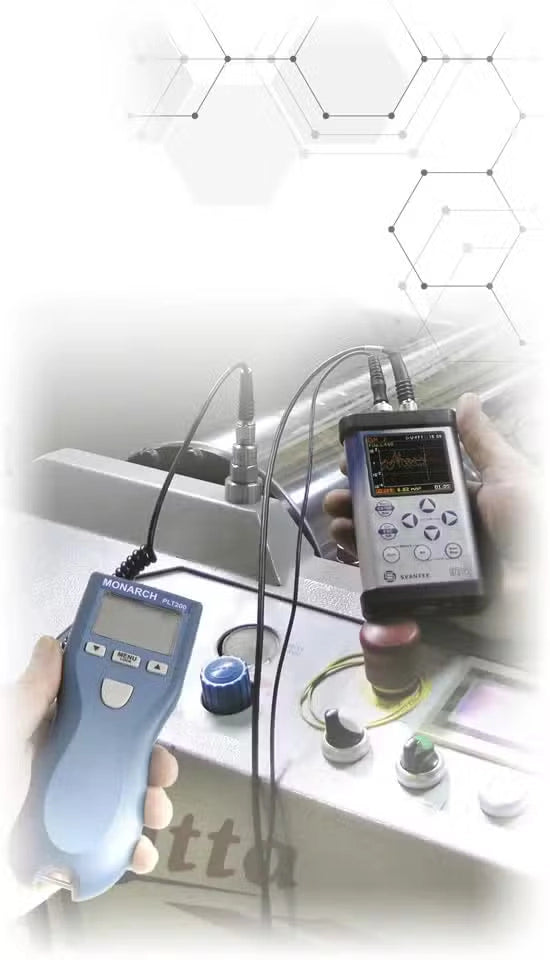
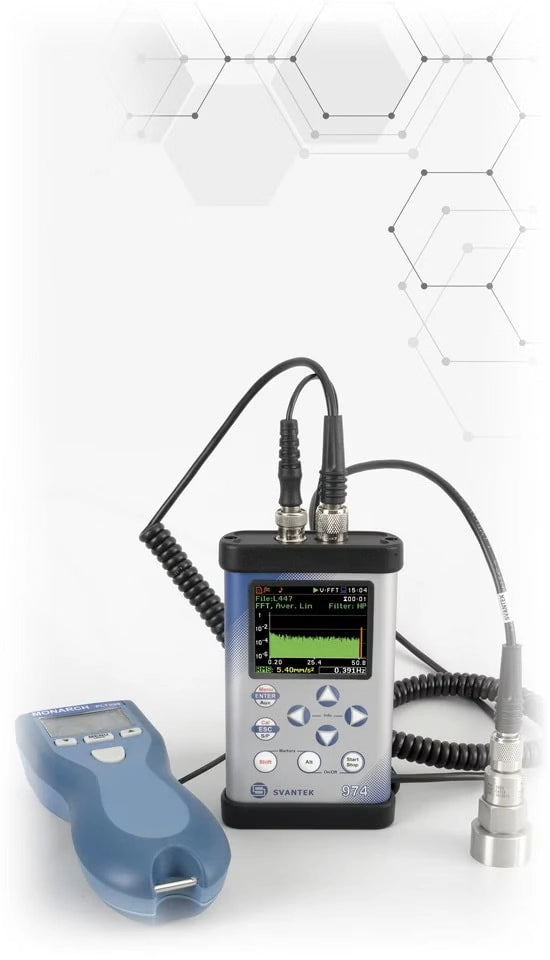
Machine Vibration Measurements Performance
Machine vibration measurements are performed once the accelerometer is properly attached and appropriate settings are installed. Machine vibrations are measured for a specified duration, and quantities such as acceleration, velocity, or displacement are recorded.
Machine Vibration Results Interpretation
Machine Vibration Results interpretation by ISO 20816-1 prefers the use of RMS velocity (vrms). Exceeding limits specified in ISO 20816-1, indicates a potential problem with the machine’s health. Detailed frequency analysis, such as Fourier Transform (frequency spectrum FFT), can be performed to identify the specific fault condition.
Machine Vibration Measurement Instrumentation
Machine vibration measurement instrumentation plays a crucial role in vibration assessment. This includes the use of specific vibration meters with the appropriate specifications, consideration of their operating environment, and the proper transducers.
By the definition of ISO 2954, the Machine Vibration Meter is a combination of a vibration transducer; an indicating unit; and a power supply system.
Vibration Measurement Instrumentation Specification
Specification for vibration analyis instruments for measuring vibration severity is given in ISO 2954 and instruments for measuring shaft vibration are specified in ISO 10817-1. Specifications for mounting accelerometers are given in ISO 5348, which, in principle, are applicable also to velocity transducers.
What is the Machine Vibration Meter Frequency Range?
The machine vibration meter frequency range is from 10 Hz to 1 000 Hz. In some cases, it may be necessary to limit or expand further the measurement frequency range at its upper or lower boundaries to avoid interfering vibrations that are irrelevant to the assessment of the vibration characteristics of a machine or to include important frequencies. For this purpose, the instrument may be equipped with additional or modified high-pass or low-pass filters.

Key Takeaways
- Machine vibration is the oscillation produced by a machine or its components during operation. It is vital to understand and manage these vibrations for optimal machine health and performance.
- The amplitude of vibration indicates the magnitude of movement in the machine’s parts. It is measured in micrometers, millimeters, or meters, representing the units of vibration acceleration, displacement, or velocity.
- Causes of machine vibration include imbalanced loads, missing balance weights, and worn or damaged bearings. Early diagnosis and resolution of these issues through vibration analysis can prevent potential machine failures.
- The primary objective of machine vibration analysis is to identify the causes, predict potential breakdowns, and assess the overall condition of the machine.
- Vibration reduction involves ensuring that all balance weights are correctly in place and replacing any worn or damaged bearings. This practice contributes to maintaining smooth and optimal machine operation.
- Predictive maintenance is an approach that uses machine vibration data and other metrics to assess machine health and predict potential issues. This approach helps in early fault detection, thereby minimizing maintenance costs and preventing unexpected machine failures.
- Machine vibration trend comparison, which is comparing recent vibration readings with past ones, facilitates the early detection of faults and helps in the formulation of effective preventive strategies.
- ISO 20816-1 standard provides the techniques for machine vibration measurement. It includes processes like accelerometer placement, setting measurement parameters, performing measurements, and interpreting results.
- ISO recommends to measure vibration in three orthogonal directions (axial, radial horizontal, and radial vertical) once the accelerometer is properly attached and the appropriate settings are installed.
- The Machine Vibration Meter, as defined by ISO 2954, is a crucial instrument in vibration assessment. It is a combination of a vibration transducer, an indicating unit, and a power supply system, operating within a frequency range of 10 Hz to 1 000 Hz.

